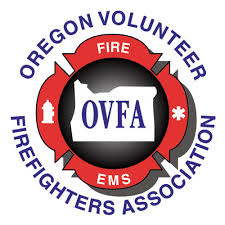Greetings neighbors!
Row River Fire Response is excited and pleased to announce the anticipation of Emergency Medical Response training and certification for our volunteer responders beginning in 2024 and ongoing. This training and certification will allow us to begin offering basic Emergency Medical Response services in cooperation with SLCFR, providing potentially lifesaving emergency responses within our community. Our volunteer organization is committed to improving fire and medical safety for the Row River community.
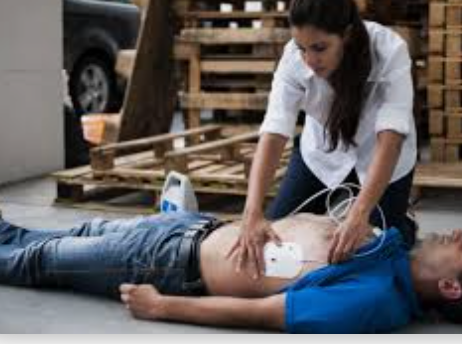
Automated External Defibrillator (AED)
RRFR recognizes that seconds matter when responding to critical calls such as cardiac arrest and other urgent medical emergencies. Our community volunteer firefighters are already currently certified in CPR and use of AED, and we have an established 911 response service in place for these critical CPR needs; we have a team, training, and necessary Automatic External Defibrillator equipment available 24/7 and have already responded for this type of emergency in our valley–making a difference until SLCFR paramedics arrive on scene.
Emergency Medical Response training is underway for a subgroup of our volunteers, and we anticipate more participants over the next coming months. Certification to basic (or higher) levels of Emergency Medical Response will permit those certified to provide wide variety of medical services:
- Primary and secondary patient exams.
- Take and record vital signs.
- Use approved diagnostic devices.
- Manage a patient’s airway to improve breathing or choking.
- Provide external cardiopulmonary resuscitation and obstructed airway treatment for infants, children, and adults.
- Provide care for musculoskeletal injuries.
- Provide control of hemorrhage (bleeding).
- Provide emergency moves for endangered patients.
- Assist with prehospital childbirth.
- Complete a prehospital emergency care report to provide to the emergency response system, that includes notice of suspected heart attack or stroke. (transporting ambulance, 911, hospital). This provides immediate notification for time critical care upon arrival to a final treatment facility.
- Administer medical oxygen.
- Maintain the breathing airway with medical devices: oral or nasal airway, suctioning to clear secretions, and operate a bag mask ventilation device.
- Provide care for suspected medical emergencies, including administering oral glucose for dangerous low blood sugar.
- Prepare and administer aspirin by mouth for suspected heart attacks.
- Prepare and administer epinephrine by automatic injection for anaphylaxis.
- Prepare and administer naloxone (Narcan) for suspected opiate overdose.
- Perform cardiac defibrillation with an automatic external defibrillator.
- Perform other emergency tasks as requested if under the direct visual supervision of a physician.
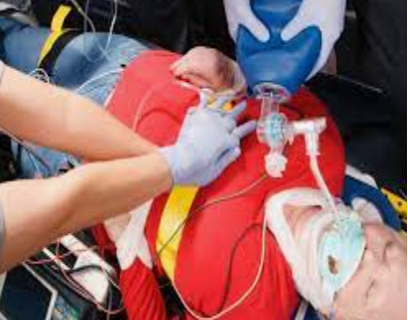
Cardiopulmonary Resuscitation (CPR)
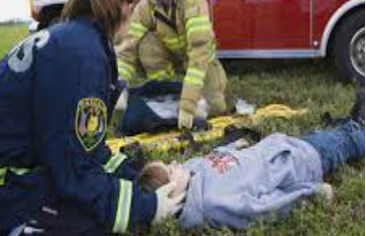
Spine Stabiliation
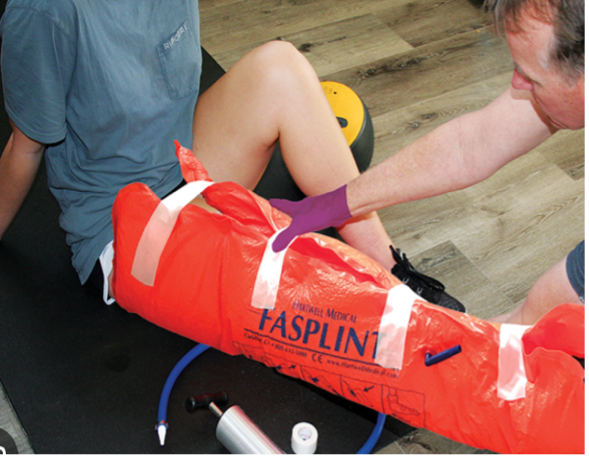
Application of temporary splints
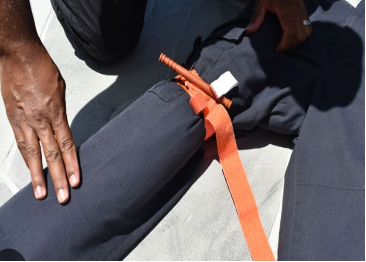
Application of tourniquet
All these types of emergencies are time response critical; properly trained and equipped responders within our community saves time. Importantly, responders stationed within our community also assures local emergency response during times of disaster when regional resource capacity is limited or unavailable.
No one wants to be faced with a life-threatening emergency. And no one should have an excessive wait for emergency services when faced with a life-threatening emergency.
Our community can rest assured that with the formation of a Row River Rural Fire Protection District a skilled local responder will be there for you or your family member in time of need.
Stay tuned for updates as we near this important milestone in our journey to serve you as a fire district.
And Please:
Vote Yes for 20-350
Formation of the Row River Rural Fire Protection District
Walt Bernard, President
For Row River Fire Response Board
2-21-24
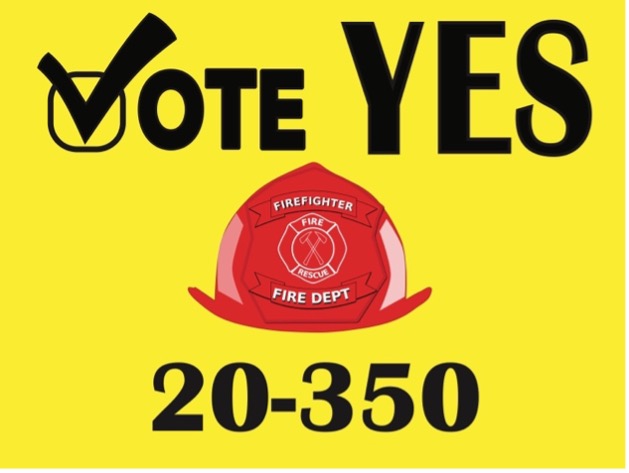
Please Vote "Yes"
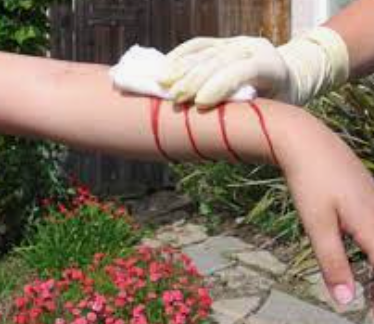
Control of bleeding injuries
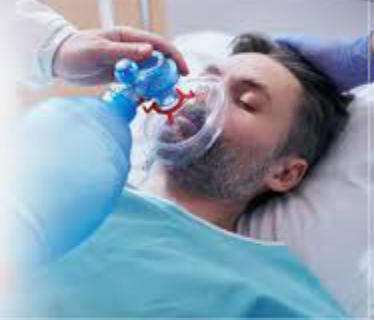
Supporting respiration with mask ventilation
